Author Archives: Rajnesh Singh
Author Archives: Rajnesh Singh
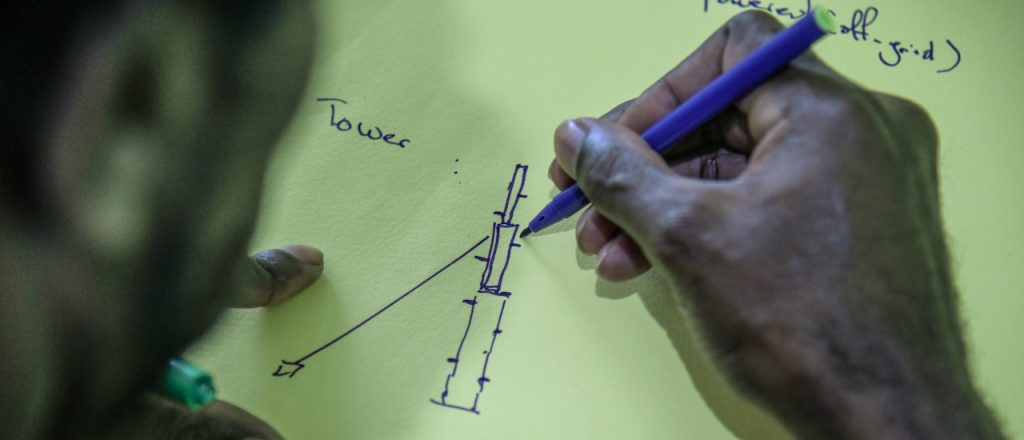
Each community network deployment has its own characteristics – ranging from the physical terrain to environmental conditions to local and cultural contexts. Having been involved in some 150 deployments, I can safely say no two are the same.
We helped establish CNX APAC in 2017 as a means to better understand the role, relevance, and evolution of community networks (CNs). It was designed to explore the different characteristics that make up CNs, their local context, the challenges they face, and the opportunities they create. It’s an event in the spirit of community, where community network practitioners come to exchange knowledge, share ideas, inspire others, and be inspired themselves.
For the past three years, we have typically held these as physical events located around some of our community networks deployments in the region. This allowed participants to get hands on with a working CN. The events were multi-dimensional in nature with a conference and knowledge-sharing session, coupled with training and technology demonstrations.
“To make community networks sustainable in the long run, the first thing is, the community has to own it, and the community needs to own it.”
— Mahabir Pun, Nepal
The impact of the global pandemic meant that Continue reading
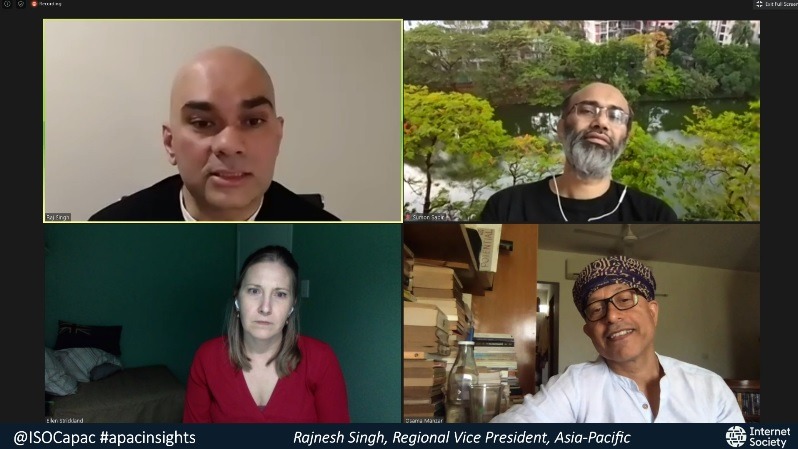
Last month, we held our inaugural APAC Insights. The idea behind this is to bring together thought leaders and subject matter experts to discuss issues related to the Internet and its use in the Asia-Pacific.
However, the intention is not to make this another run-of-the-mill talk shop – rather, we want this to be a forum that shares and contrasts experiences, explores challenges and opportunities in a pragmatic way, and provides attendees insights into the issues beyond the usual.
With the global pandemic causing major disruptions to our professional and personal lives, the topic for the first APAC Insights zoomed in on the role the Internet has played in helping communities deal with the coronavirus pandemic.
Speakers from across the region – representing the world’s largest Internet shutdown to the world’s strictest – discussed initiatives that worked well and those that didn’t work so well, and the critical role of the Internet in rolling out these initiatives. During a Q&A segment, attendees had the opportunity to ask the speakers questions.
One of the key points made was that even though the Asia-Pacific is regarded as a mobile-first region, the shutdowns demonstrated (in some countries in particular) how fragile connectivity can Continue reading

With the global efforts to curb the spread of COVID-19 coronavirus underway, we’re seeing an unprecedented disruption of day-to-day operations across virtually all work sectors.
Coronavirus coverage is dominating headlines as more country borders, schools, major events and public venues are shut down in hopes of flattening the infection curve. Likewise, companies around the world are making tough calls to prioritize employee safety with business continuity in mind.
But thanks to the Internet, many workplaces are rapidly adapting operations to do their part and accommodate for what may soon become a new normal: remote working.
There are no shortage of web-based applications and services that allow us to continue core functions like meetings and collaboration that we’d do in an office-based setting. And not just the proverbial meeting that could have been an email.
But how do we ensure confidentiality when working remotely? There are some simple ways businesses and employees can ensure they are protecting themselves and their workplaces from malicious actors.
The answer is simple: encryption.
Encryption is the process of scrambling or enciphering data so it can be read only by someone with the means to return it to its original state.
It allows all our online Continue reading
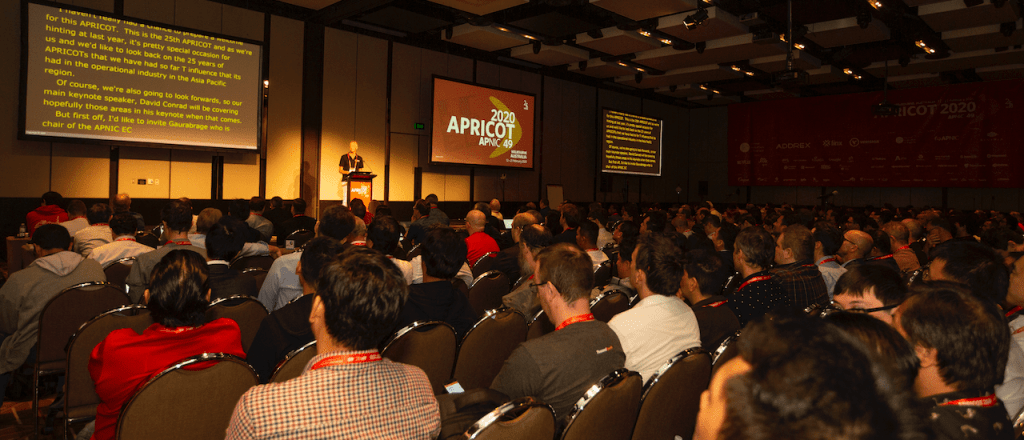
More than 600 of the world’s leading Internet engineers from 60 economies gathered last week at APRICOT, and it was encouraging to see routing security take center stage in the largest meeting of the technical community in the region.
The Internet Society is a long-time partner of the annual event, also called the Asia Pacific Regional Internet Conference on Operational Technologies, and this year we held two community gatherings, spoke in several sessions, and ran a booth throughout the conference.
The ten-day meeting consisted of workshops, tutorials, conference sessions, birds-of-a-feather sessions, and peering forums from 12-21 February in Melbourne, Australia. This year marked the 25th anniversary of APRICOT, and it was good to recognize how the event has grown over time and contributed to technical capacity building in the region. It also gave me the chance to reflect on my own participation in the event over the years, including from when I was in the private sector prior to my current role.
One of the things Internet builders get together for at APRICOT is to share the technical knowledge needed to run and expand the Internet securely. So it was a great opportunity to bring attention to the Mutually Continue reading
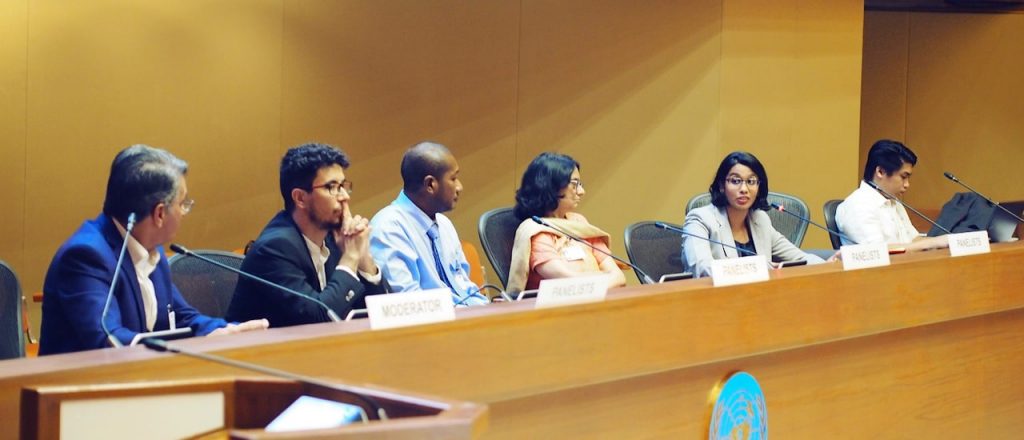
Community networks (CNs) offer a solution to connect the unconnected billions. They are becoming all the more important as recent trends reveal a slowdown in Internet connectivity growth through national operators in the Asia-Pacific region.
Late August, the Internet Society and the United Nations Economic and Social Commission for Asia and the Pacific organized the Asia-Pacific Regional CN Summit 2019 in Bangkok, Thailand. The event brought together about 110 participants that included high-level government officials from Asia and the Pacific, and a multidisciplinary group of regional experts on community networks, civil society groups, industry representatives, and academics and researchers to deliberate on critical issues surrounding CNs.
What are Community Networks?
They are “do-it-yourself” networks built by people for people. They are not just connecting communities, but are empowering rural and remote communities to improve their lives. Speakers and participants at the Summit shared some successful examples from the region, including India’s Garm Marg Rural Broadband Project, which has improved communities’ access to government and financial services, Nepal’s community networks, which have helped communities recover from the devastating Gorkha Earthquake in 2015 and prepare for future disasters, and Pakistan’s community network, which has enhanced learning for girls at a remote Continue reading
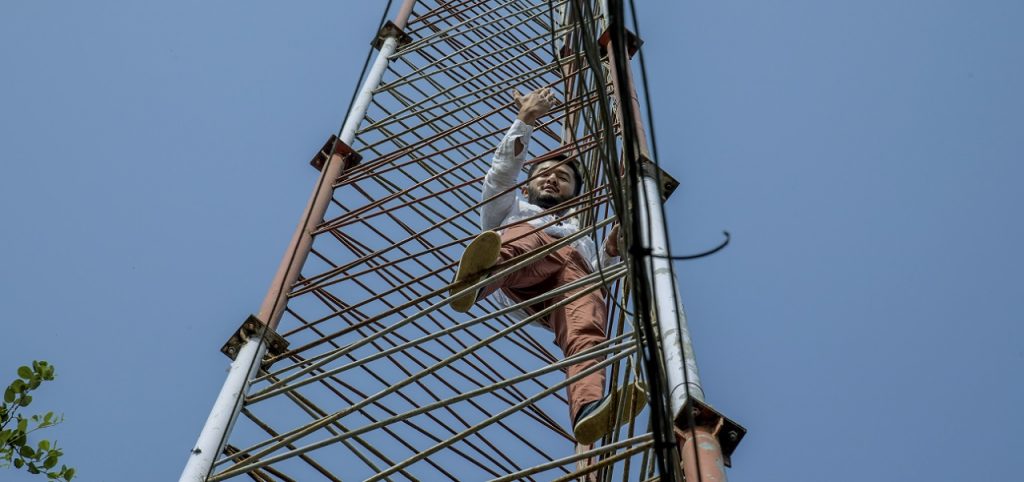
Back in 2010, I conceptualised and started a pilot project to see how we could introduce Internet connectivity to unserved and underserved rural areas. The ICT4D community – along with a number of international organisations – had been talking about how getting people online could transform lives, but most of the solutions appeared to be either top-down or boiler-plated.
My idea was simple – work together with a local partner to find a rural location where getting people online could make a difference, ensure people from the community were trained to operate and maintain the network (rather than being dependent on outsiders), use cheap easy-to-find WiFi equipment (so if things break down, the nearest town would have spares), and then train the community, empowering them to create and use various digital services. Essentially, this was a network for the people, by the people.
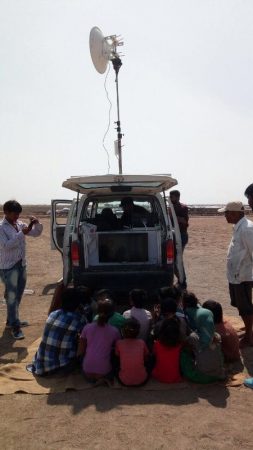
Thus was born our award-winning Wireless For Communities (W4C) initiative. We have had a tremendous amount of success with the programme – having deployed and inspired literally hundreds of networks in South Asia and helped connect the most marginalised of communities. This has also become a global programme for the Internet Society Continue reading
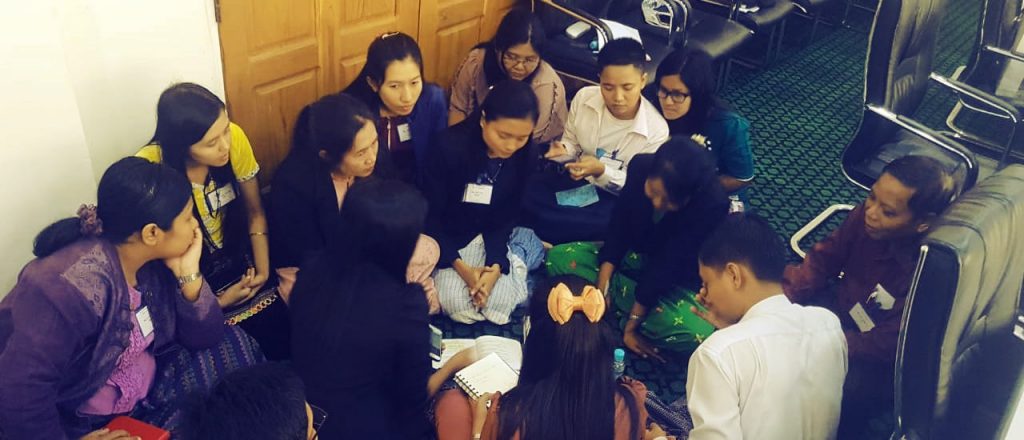
Earlier this month, in collaboration with the Asia-Pacific Telecommunity (APT) and the Government of the Republic of the Union of Myanmar, we delivered a training program on Internet Governance for 32 government officials in Myanmar’s capital city, Naypyidaw.
The program ran over three days covering various topics such as Internet policy principles and regulatory frameworks, Internet infrastructure and standards, Internet for development, and cybersecurity.
What impressed me was the participants’ interest in asking questions and their active participation in discussions – it was obvious they were all very eager to learn and explore ways they could apply the learnings in their roles in the various departments they were from. We also got to discuss and see what promise digital technology holds for the country.
I have had the opportunity to visit Myanmar several times, including well before the democratic reforms began. In the few years since those reforms brought Myanmar to the world stage, the country has gone through tremendous transformation. I distinctly remember the difficulties in getting access to the Internet and the lack of mobile phones during my earlier visits.
Today, it’s a very different story. There are multiple service providers, and multiple cable landing stations that provide Continue reading
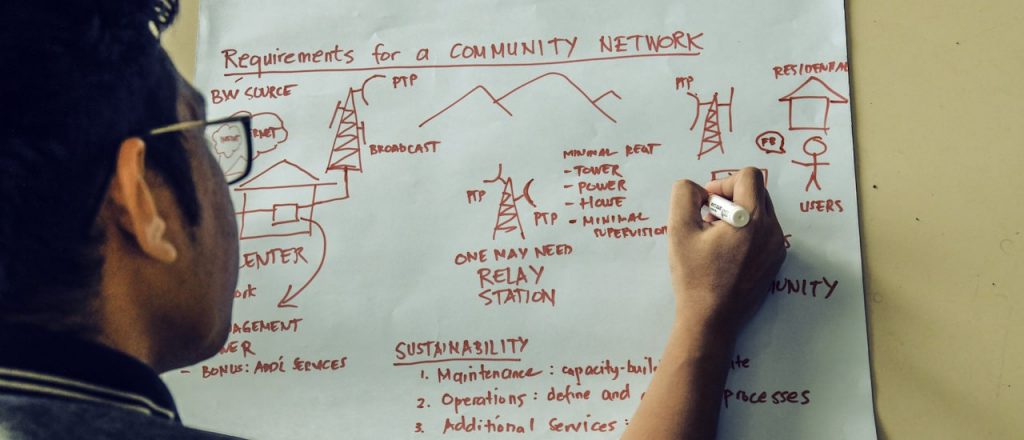
In October 2018, together with our partner Digital Empowerment Foundation (DEF), we organized the 2nd edition of CNXAPAC (Community Network eXchange Asia-Pacific) with a focus on how two sets of community operators – community radio network operators and community (Internet) network operators – could explore synergies in the work they do.
The event was kindly hosted by UNESCO at their Delhi office, and brought together over 50 participants from around the world to exchange knowledge and best practices, and see how the Internet can improve the lives of underserved and unserved communities.
In many parts of the world, community radio stations play an important role in providing information to the public – particularly in rural communities. The community radio community have expertise in setting up radio communications, as well as creating content relevant to their local communities. This presents a wonderful opportunity for this community to add Internet services to their repertoire, and 12 community radio operators from around India were brought to CNXAPAC to learn about Internet community networks, and how these could be deployed in their local communities.
The Internet Society Asia-Pacific Bureau has been working on community networks since 2010 as part of its Wireless for Continue reading
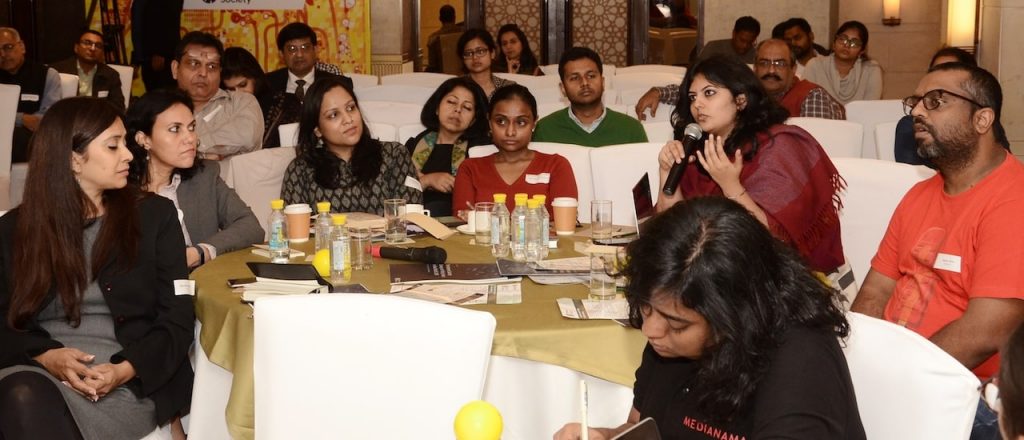
For any new technology to be trusted, it must be secure. That is why privacy and security are essential to the development of new technologies from the outset. They must not be an afterthought.
This is especially so for the Internet of Things (IoT) and the plethora of devices that are now available. These devices are gradually being integrated into daily life as we enjoy the benefits they bring. In a number of cases, we are also increasing our dependence on them, such as fitness monitors and home automation.
But poorly-secured IoT devices and services can serve as entry points for cyber attacks, compromising sensitive data and potentially threatening the safety of individual users, as well others.
Attacks on infrastructure and other users, fueled by networks of poorly-secured IoT devices, can affect the delivery of essential services such as healthcare and basic utilities, put the security and privacy of others at risk, and threaten the resilience of the Internet globally.
As concerns mount about the need for regulating the ecosystem and policymakers around the world consider ways to secure it throughout its product lifecycles, it is important to consider the risks this fast-growing technology poses, as well as what steps Continue reading
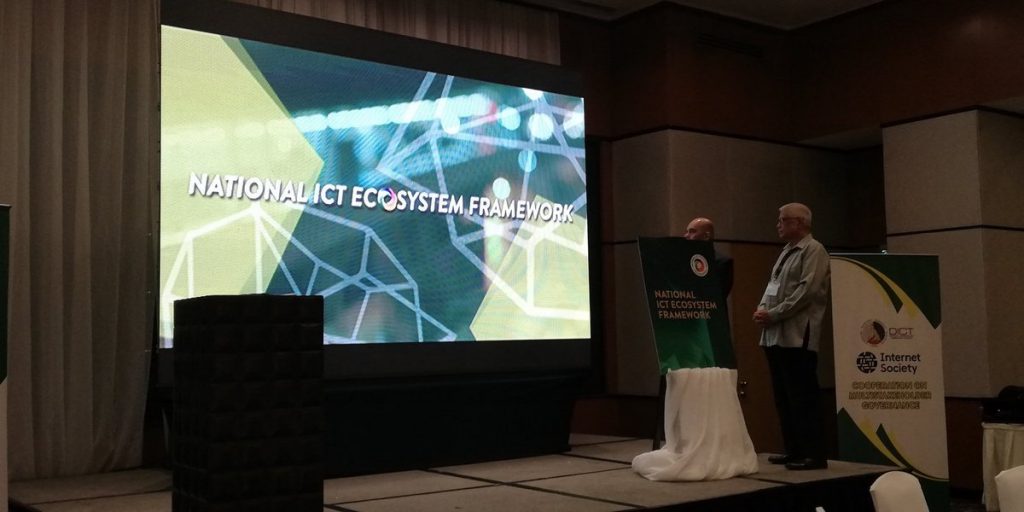
Yesterday in Manila, the Philippines launched its national information and communications technology (ICT) framework, which lays out how digital transformation will empower citizens and the economy as a whole.
The National ICT Ecosystem Framework (NICTEF), is a successor to the Philippine Digital Strategy initiative from 2011-2016. Its plans, programs, and projects will be updated periodically as the government continually considers comments from all sectors of society and other indicators and results.
The release of NICTEF is remarkable in many ways. It was developed in a collaborative way, with stakeholders from multiple sectors engaged in dialogue and discussions to help inform and build an inclusive framework.
NICTEF is a living document. Subcommittees will gather ongoing feedback and updates will be made available on the framework’s website.
Considering the faltering international cooperation in Internet policymaking and the trend towards unilateral policies, it takes determination and belief for a government to embark on a landmark multi-year initiative that has at its core a multistakeholder approach.
This commitment is all the more remarkable for a developing country like the Philippines, where the levels of Internet use and literacy vary greatly from region to region. The Department of Information Communications Technology (DICT) recognized right from Continue reading
Earlier this month in Manila, the Philippines Government Department of ICT (DICT) signed a Memorandum of Understanding (MoU) with the Internet Society (ISOC) to facilitate the development of its National ICT Ecosystem Framework (NIEF) 2022.
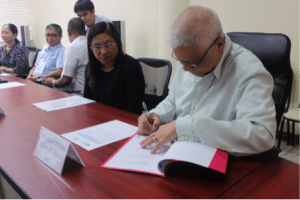
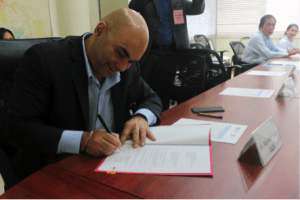
The NIEF 2022 – a successor to the Philippine Digital Strategy initiative from 2011-2016 – will serve as a roadmap for the management and development of national Information and Communication Technology (ICT) in the country’s plans, programmes, and projects. NIEF will also serve to promote innovation and development of the ICT sector, encourage collaborative use of ICTs, and promote accessibility, security and sustainability.
Some 67 million people are connected to the Internet in the Philippines today – and a large number are prolific users. The country is a significant market for a number of multinational social media and content providers and has a strong Business Process Outsourcing (BPO) industry. These facts make ICTs a key area of development and critical for the future of the economy.
The multistakeholder model will help facilitate perspectives from a range of stakeholders, which in turn will help NIEF 2022 to be in tune with what would work best for the people of the Philippines. This collaborative approach encourages inclusivity Continue reading
The Asia-Pacific Bureau has been producing an annual snapshot of its activities and initiatives for a couple of years now, and we are pleased to present the 2017 edition. While it is not meant to be an exhaustive record of all that we did, it does provide a good overview of our activities in the region.
In addition to the Bureau’s core programmes, our Chapters are also very active in their local communities and, as volunteer-led entities, do amazing work in helping to support and carry out the Internet Society’s mission at the local level. We invited our chapters in the region to submit a summary of their activities, and the submissions that made it before the deadline are included in the report.
As I reflect on 2017, it probably stands out as the year the digital economy began to cement itself in the Asia-Pacific. Across the region, numerous developments, from the emergence (and to some extent, dominance) of local technology firms to new policies designed to facilitate the growth of connected societies all signify that countries in the largest region of the world – both in geography and population – are finally putting their plans into action.
Nowhere is Continue reading
As we move to a more digitally-connected world, the need for Internet access has never been greater. In many parts of the world, the Internet has firmly established itself as a core part of everyday life – and this holds true for everyone from kids to adults to senior citizens. Yet, there remain communities and places around the world that are still offline. In some instances, these are probably the hardest locations to connect. And there are many reasons for this – geography and terrain could be one reason, commercial viability of service provision is another, as is affordability – the capacity of the community to pay for devices and Internet connectivity.
In 2010, the Internet Society Asia-Pacific Bureau launched the award-winning Wireless for Communities Programme. This was a pioneering effort that placed the local community front and centre, with its catchphrase – “for the community, with the community, by the community”.
The focus of the programme is to provide Internet access and connectivity to underserved and unserved rural areas in a holistic manner that leads to socioeconomic empowerment. A key component involves developing communities’ capacity to build and operate the wireless network, and at the same time, empowering them Continue reading